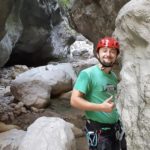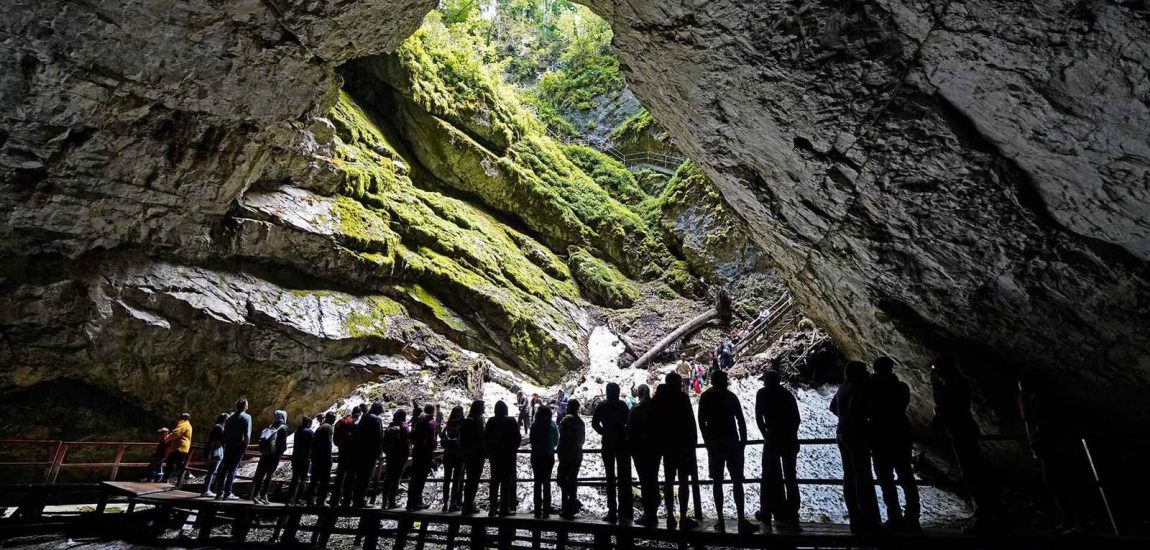
A summer of speleothem science
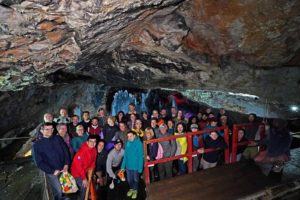
The S4 Summer School on Speleothem Science took place in the city of Cluj-Napoca (Romania) from August 11th to 17th, 2019. The event consisted of a four-day full immersion in the world of speleothems and caves, with lectures given by speleothem science experts. Topics included speleothem formation, petrography, the use carbon and oxygen isotopes as proxies of past climatic variations, how trace elements and fluid inclusions in cave deposits can be useful for determining environmental conditions and temperature changes occurring at the surface above the cave (climate), radiometric dating techniques (U-Th, U-Pb), integrating speleothem records with other paleoclimate archives (marine sediments, ice core, etc.), generating climate models from speleothem records, and correlations between cave sediments and archeology.
Participants also had the chance to attend three workshops on “Uncertainties in time series analyses”, the use of “COPRA” software to generate age-depth models, and the use of “CaveCalc” software to simulate the different fractionation processes occurring in and/or above the caves during speleothem formation. On the first and third day of the event, all the participants (mostly Masters and Ph.D. students) presented their research projects to a public audience during an afternoon poster session (2 hours). The last two days of the S4 school consisted of a field trip in the Apuleni Natural Park, in the western region of Romania. During the field trip, participants and invited speakers had the chance to visit three different touristic caves (Meziad Cave, Urșilor Cave, and Scărişoara Glacier Cave), and the touristic Salt Mine of Turda.
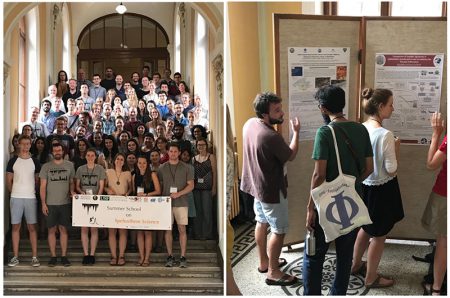
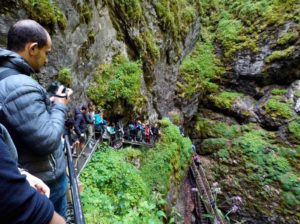
This was the first event I have had the opportunity to attend and I am really glad I was among the students who participated. It was important for me as an early career scientist because I had the chance to talk with some of the major experts in the field of Speleothem Science research in a very unconventional and informal way, and take on board all the advice they gave to me, both for my research and my academic career. Furthermore, I very much enjoyed sharing different ideas and knowledge about different topics in speleothem science with PhD students from different parts of the world. It was exciting to talk about potential future projects and collaborations and enhanced my social, communication and professional skills. Attending S4 was particularly useful for me because it took place just before I moved to Las Vegas to start my PhD at UNLV. It provided an incredible review on all the speleothem research topics, and I learned so much more than I could have thought. One of the things I enjoyed most was the informal environment in which all the participants and speakers were able to talk, sharing ideas and knowledge. Moreover, I enjoyed attending the lectures in the historical buildings and classrooms at Babeș-Bolyai University (UBB), as well as the accommodation both in Cluj-Napoca and during the field trip.
I highly recommend all students interested in speleothems to be part of the next S4 because it really is an extraordinary opportunity to expand yourself as a scientist as well as a human being.
About the author, Giuseppe Lucia
I am a new PhD student in Geoscience at University of Nevada, Las Vegas (UNLV). My project will focus on the study of potential driving forces of orbital scale Central American Monsoon using Guatemalan speleothem records. I accomplished my M.S. degree in Geology at University of South Florida (USF), where I used U-series dating of speleothems from Mallorca Island (Spain) to assess paleo-coastal cave evolution and past relative sea level variations. I got my B.S. in Natural Sciences at University of Bologna, working on chemical and microbiological analyses of waters from gypsum karst areas in north-eastern Italy. I don’t like to talk too much about myself, but I believe I am quite a social (more face-to-face, less face-to-screen) and positive person. I enjoy caving, not just for scientific purposes, as well as hiking, rock climbing and biking. I often like to put myself in different and sometimes difficult conditions because I believe that is outside our comfort zones that we really start to feel alive!
